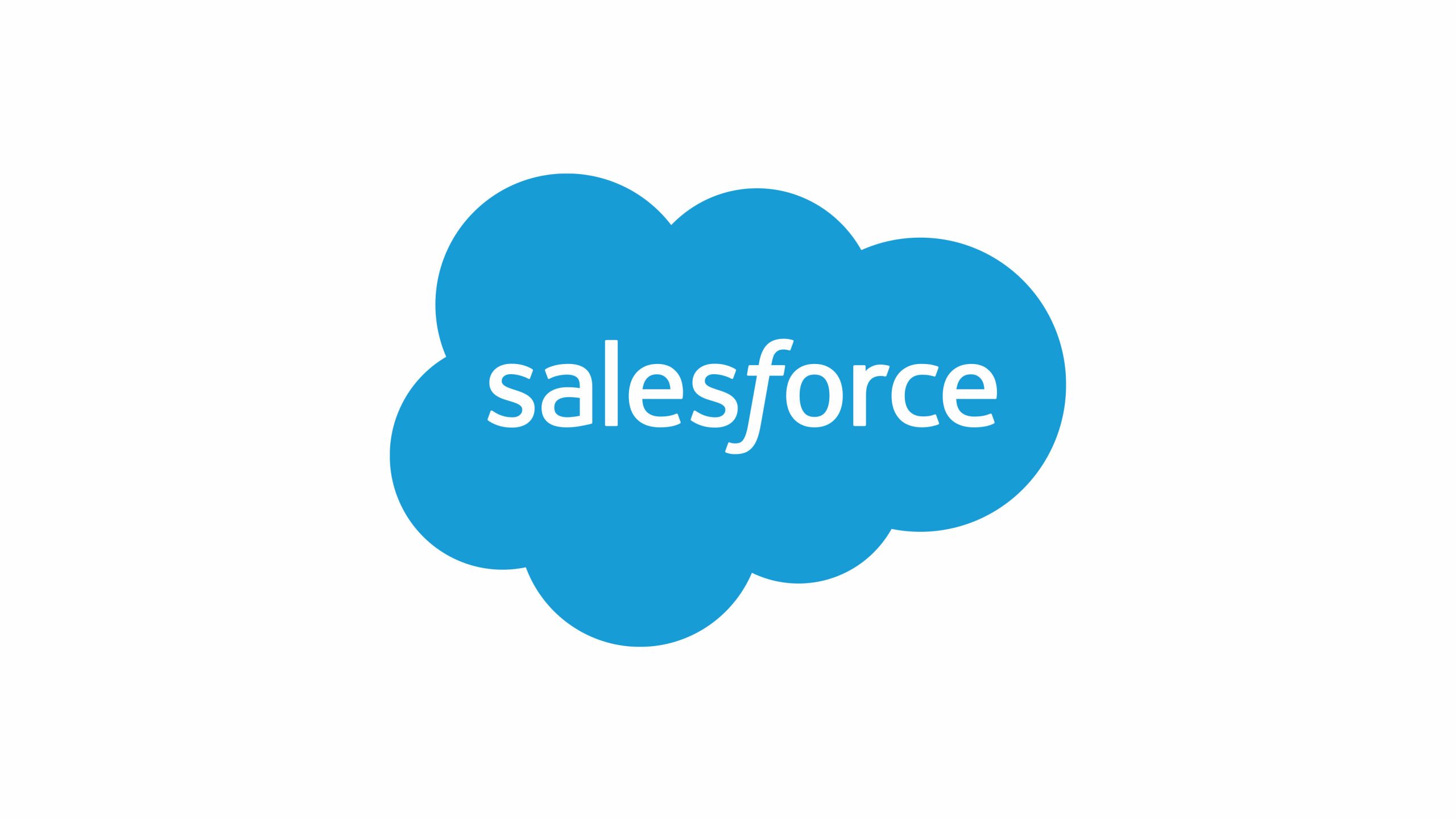There’s a whole new manner of interacting at work now, especially with the rise in remote and hybrid workflows. The digital transformation was already well under way and then, if the transition was a campfire, the pandemic poured lighter fluid on it. Fortunately, lots of companies responded by making s’mores rather than getting burned, and utilized the technological tools that were already developed to help.
Main Takeaways
- Organizational Alignment: The pace of technological change is breathtaking. Companies must continually be making sure their entire organization is aligned with their mission. This requires working quickly and adapting accordingly. Communication via channels helps to ensure the right people in an organization all have access to the same info to allow for conversations to to quicken the pace of work
- Mental Shift: Working in channels is significantly different than an email workflow. For those that liked the finality of responding to an email and closing it out, the channel system can feel like it is without an end. The positive aspect of this feeling could be that the information is always available and can be of easy access as needed. When it comes down to it, individual mindsets can be adjusted to reframe the channel experience in a manner that’s helpful.
- Focusing on Virtual and Physical Spaces: For a long time, companies primarily focused on physical places for employees to work and, in many cases, for customers to interact with a business too. Now, the focus is adjusting, partly based on necessity, to creating supportive virtual places. Moving forward, companies will need to integrate physical and digital spaces. In many businesses, and in most human interactions, there is a place for both the physical and digital spaces.
For a more in-depth look at this episode, check out the article below.
Article:
There’s a whole new manner of interacting at work now, especially with the rise in remote and hybrid workflows. The digital transformation was already well under way and then, if the transition was a campfire, the pandemic poured lighter fluid on it. Fortunately, lots of companies responded by making s’mores rather than getting burned, and utilized the technological tools that were already developed to help.
Many work conversations now take place in channels on digital platforms. For the television generation, these are not not very much like TV channels except in that each station should have a certain unified purpose. Sometimes, there might be drama or comedy happening in a given channel, but the hope is that it’s all for some greater work purpose. The way it’s similar to a YouTube channel is simply in that the forms of content and conversation tend to be more short form than long form.
On a recent episode of IT Visionaries, Cal Henderson, the Co-founder and CTO of Slack, and Genevieve Weber, the SVP and COO of the Salesforce Platform at Salesforce, discussed how communication, culture, and the notion of place are all rapidly evolving in the workplace. Since Salesforce has now acquired Slack, Henderson and Weber are well-positioned to explain the integration of Slack into Salesforce as well as how Slack is fitting into the broader enterprise community.
Henderson raised the issue of how quickly the world is changing and the need for a company to be aligned to swiftly adapt.
“The thing that’s going to separate any organization that’s successful from those that aren’t over the next decade is going to be the extent to which they can achieve and then maintain organizational alignment,” Henderson said. “When you think about what’s changed in the workplace for information work-type organizations across all kinds of different industries [and] disciplines, is that work is becoming more complex. Work is becoming more collaborative…It is not just the case of organizations being able to decide what’s most important and going after it anymore, but the ability to change that as we get change of conditions…The environment in which all organizations operate changes faster and faster.”
Henderson also brought up how the very idea of a workplace is morphing to include digital as well as physical space.
“What is the place they’re actually coming together everyday whether we’re in a post-pandemic world or not?” Henderson asked. “Whether people are still going into an office, unless everybody is there together every day in one single giant room, then we need that same space digitally. I think that is going to matter as much as physical spaces over the next decade as well.”
The acquisition of Slack by Salesforce is a great example of different tools working together to create a powerful digital space.
“One of the things that’s so awesome about Salesforce and Slack coming together is it’s really connecting employees, customers, partners, [and] systems,” Weber said. “It’s connecting all the things that are required to make a digital HQ successful and supporting companies in the new way of working in the art of digital transformation.”
Weber made the argument that current times require greater productivity.
“When you think about Slack for IT, it’s the ability to intuitively know how to do things in Slack, whether you’re connecting and integrating data, whether you’re building workflows and automations, [or[ you’re designing UIs, I think that is pretty powerful,” Weber said “When it comes to reducing the noise, [it’s about] being able to very quickly build an automation or a process that’s actually going to streamline the productivity.”
Fundamentally, it’s the move to more open communication via channels that allows for more teamwork and support.
“The heart of Slack is [if] you miss something, most likely someone in there is going to get your back,” Weber said. “Someone in there is going to give the answer or give you a ping or something. I look at the channels as [a] support system.”
The channel system via Slack and other similar platforms is very different from email or other forms of business communications. Work culture as well as individual mindsets must be reoriented to these new modes.
“It is a different model and requires a mental model shift because it’s from the explicit address, push thing to the choose to subscribe to channels, pull model is that there is more available to me than I can consume. I have to think about it differently and be like, ‘Yes, I am awash in information and here are things I’m going to care about and I’m going to treat them like my inbox. Here are the things which are advisory and I’ll read them when I can. And here are things I might look at them or I might never look at them and I’ll feel okay about it.’”
Although these work changes concerning methods of communication are disruptive, it’s also exciting.
“When we think about the Slack platform, the Salesforce platform, how do you start with something that people just do and have figured out, and then gradually enshrine it in software and automation to make it easier, make it more repeatable, and then eventually make it scale up and scale it up to hundreds of thousands of people and make it super repeatable?” Henderson asked. “I think giving end users, in the Salesforce Trailblazers kind of sense, developers, the ability to go and build those things, without having to go engage some big consultancy or engage some big ISV to go build that for you [is very helpful], Instead, you can, the way that you want to work, enshrine that in software and automation. I think it’s huge; such a big opportunity.”
To hear more about the opportunities developing during this transformational time from two c-suite executives now connected together at the same company, check out the full episode of IT Visionaries!
IT Visionaries is brought to you by the Salesforce Platform – the #1 cloud platform for digital transformation of every experience. Build connected experiences, empower every employee, and deliver continuous innovation – with the customer at the center of everything you do. Learn more at salesforce.com/platform






